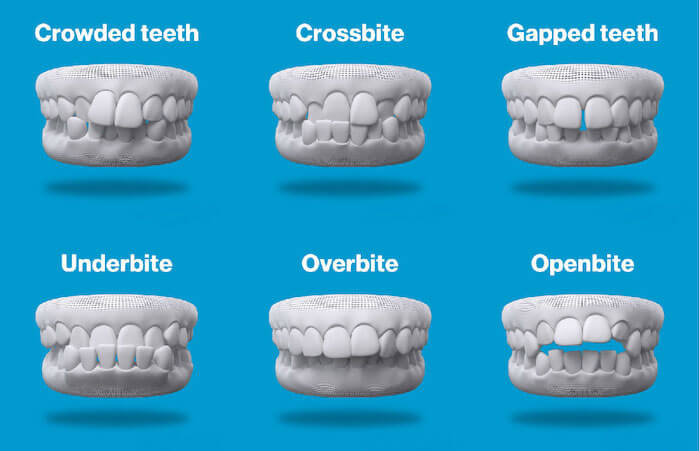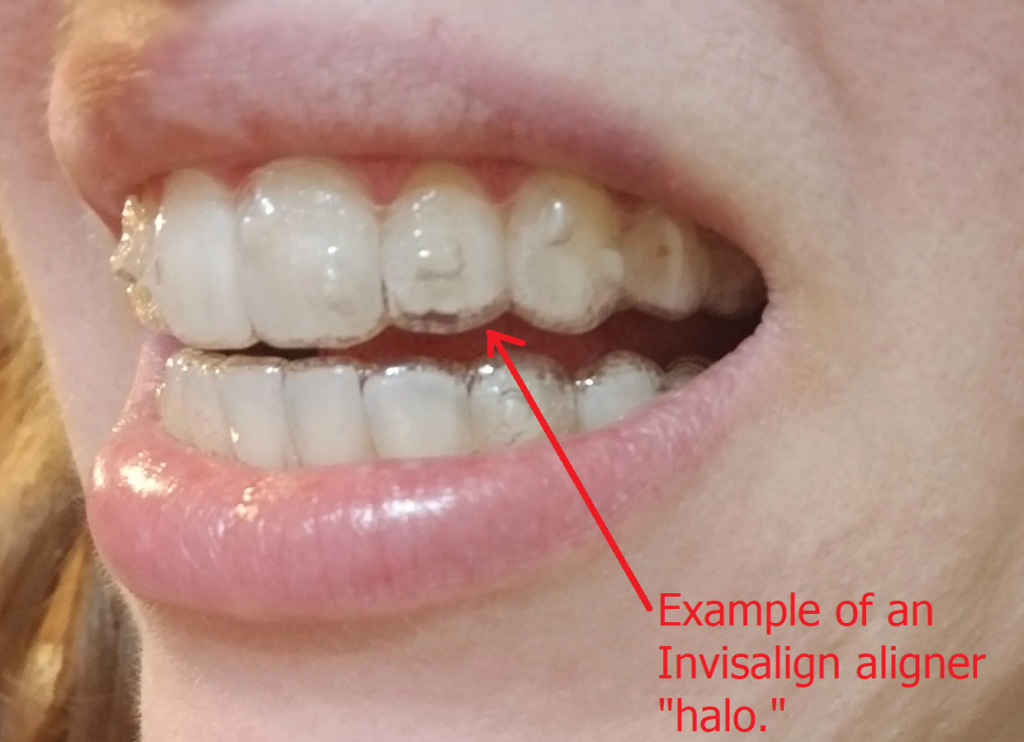Frequently Asked Questions Concerning Invisalign: Everything You Required to Know
Frequently Asked Questions Concerning Invisalign: Everything You Required to Know
Blog Article
Invisalign vs. Standard Braces: Which Alternative Is Right for You?
When thinking about orthodontic treatment, the option in between Invisalign and traditional dental braces offers a number of crucial elements that merit mindful assessment. Invisalign offers a very discreet alternative with removable aligners, while typical braces offer an extra noticeable yet effective service for severe misalignment.
Overview of Therapy Choices

In contrast, conventional braces include steel brackets and cables that are bonded to the teeth. This method uses continual pressure gradually to achieve alignment. While efficient for intricate orthodontic concerns, conventional dental braces call for regular visits for modifications and can posture challenges in preserving dental health as a result of the problem of cleansing around braces and wires.
Both options have their values, and the option usually pivots on details oral conditions, way of life preferences, and patient conformity. Inevitably, seeking advice from an orthodontic expert is crucial for determining the most appropriate therapy plan customized to private demands. Comprehending the subtleties of each choice can considerably affect the general success of orthodontic treatment.
Visual Considerations
A considerable element influencing the option in between Invisalign and traditional braces is the aesthetic charm each treatment provides. Invisalign aligners are crafted from clear plastic, making them virtually invisible when worn.
In contrast, typical dental braces are composed of metal brackets and cables, which can be more noticeable. While developments in orthodontic technology have brought about the growth of smaller braces and colored elastics, traditional dental braces still maintain a more conspicuous account. For some people, the exposure of dental braces may hinder them from seeking needed therapy.
Eventually, the selection between Invisalign and standard braces may pivot on personal choices concerning visual appeals. Patients that prioritize discernment commonly favor Invisalign, while those that are less concerned concerning visibility may choose typical dental braces. Comprehending the aesthetic ramifications of each option is crucial for making an educated decision that straightens with one's lifestyle and choices.
Comfort and Convenience

In terms of benefit, Invisalign aligners are removable, enabling individuals to enjoy their preferred foods without limitation and preserve ideal oral hygiene. Brushing and flossing are simplified, as the aligners can be gotten during these routines, whereas traditional braces need cautious navigating around braces and cords.
Additionally, Invisalign's progressive system enables less orthodontic visits. Clients normally receive multiple sets of aligners simultaneously, which can simplify the treatment procedure learn the facts here now and minimize time spent in the orthodontist's chair. On the other hand, conventional dental braces require regular changes, making them less hassle-free for those with busy timetables. Invisalign. Generally, the convenience and benefit of Invisalign make it an enticing option for numerous individuals looking for orthodontic therapy.
Therapy Period and Efficiency
While both Invisalign and typical dental braces are effective in fixing dental imbalances, the duration of therapy can vary dramatically between both choices. Generally, Invisalign therapy can take anywhere from 12 to 18 months, relying on the complexity of the situation. The clear aligners function by progressively moving teeth right into their preferred settings, and normal follow-ups with an orthodontist aid guarantee progression remains on track.
On the other hand, traditional dental braces usually call for a longer commitment, normally varying from 18 months to 3 years. This is due to their fixed nature and making use of wires and braces, which can be extra reliable for severe misalignments and complex situations (Invisalign). The therapy performance of traditional dental braces is well-documented, as they allow for accurate changes and higher control over tooth activity
Ultimately, the selection between Invisalign and conventional braces may hinge on both the expected treatment period and the particular dental issues at hand. Consulting with an orthodontist is important, as they can give tailored recommendations based on specific requirements, making certain the selected method aligns with wanted results and timeframes.
Expense Comparison and Insurance Alternatives
Expense plays a significant duty in the decision-making procedure for individuals thinking about orthodontic treatment, whether opting for Invisalign or typical dental braces. Generally, the cost of Invisalign Look At This arrays from $3,000 to $8,000, while standard braces generally set you back in between $2,000 and $6,000. Variables influencing these prices consist of the intricacy of the instance, the duration of treatment, and geographical place.
Insurance protection can considerably affect out-of-pocket costs. Lots of oral insurance policy plans supply partial insurance coverage for orthodontic therapies, however the specifics can vary extensively. It is crucial for individuals to review their insurance coverage plans to determine the degree of protection for either option. Typically, traditional dental braces might be more frequently covered by insurance coverage plans contrasted to Invisalign, which some insurers classify as an look at these guys aesthetic treatment.
In addition, a number of orthodontic methods supply flexible payment plans, making both treatment choices a lot more accessible. Patients ought to ask about possible financing options and discounts for in advance repayments. Examining the overall expense, including insurance policy benefits and payment strategies, is essential for making an informed decision that aligns with both aesthetic preferences and spending plan factors to consider.

Conclusion
In summary, the selection in between Invisalign and traditional dental braces hinges on multiple aspects, consisting of aesthetic preferences, convenience, therapy period, and cost. Invisalign provides a discreet, detachable alternative that promotes dental hygiene and dietary adaptability, while conventional braces might be preferable for complicated dental issues and typically come with a lower rate point. Eventually, consultation with an orthodontist is important to examine individual situations and figure out the most appropriate therapy alternative for achieving ideal oral placement.
When taking into consideration orthodontic therapy, the selection between Invisalign and traditional braces offers numerous essential factors that merit cautious evaluation.Comparing Invisalign and typical braces reveals unique therapy alternatives for orthodontic improvement.While both Invisalign and typical braces are effective in correcting dental imbalances, the duration of therapy can vary considerably in between the two choices.Price plays a substantial duty in the decision-making procedure for individuals thinking about orthodontic treatment, whether choosing for Invisalign or conventional braces.In recap, the choice between Invisalign and typical dental braces pivots on numerous variables, consisting of aesthetic choices, comfort, treatment period, and cost.
Report this page